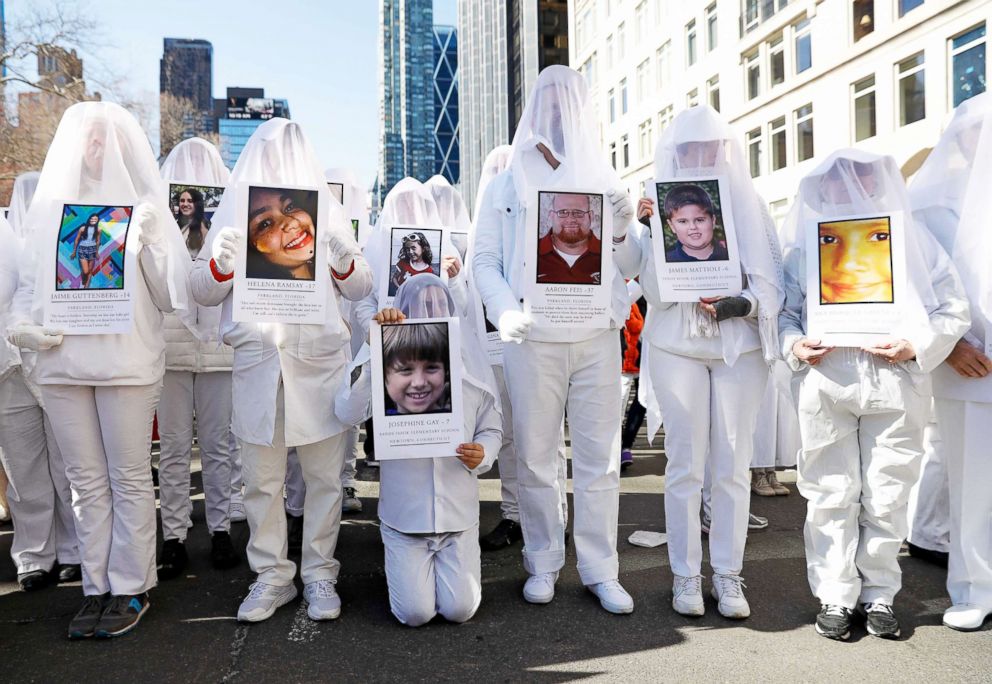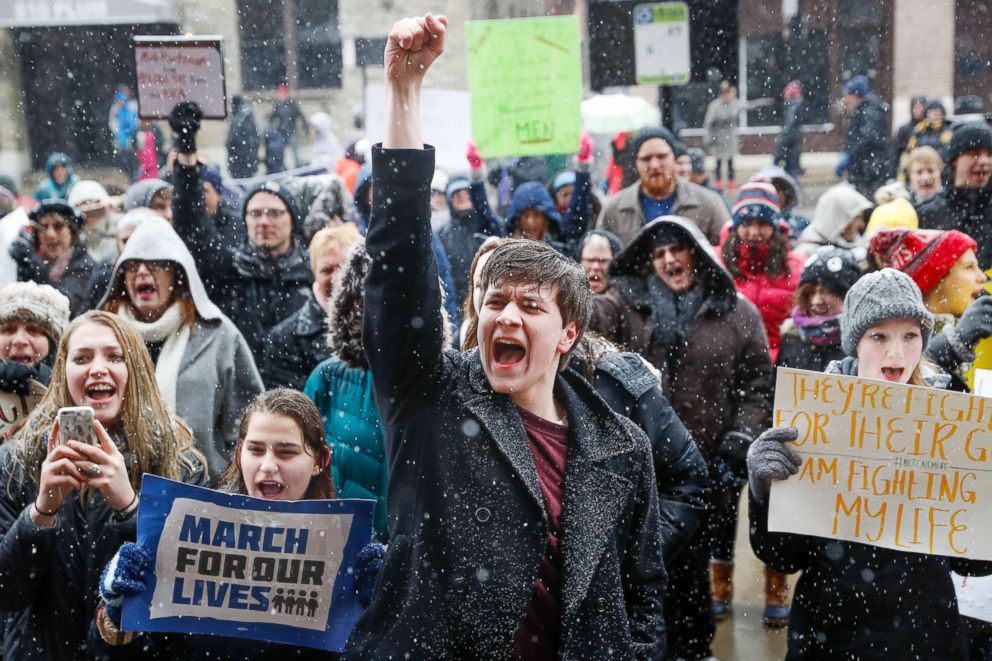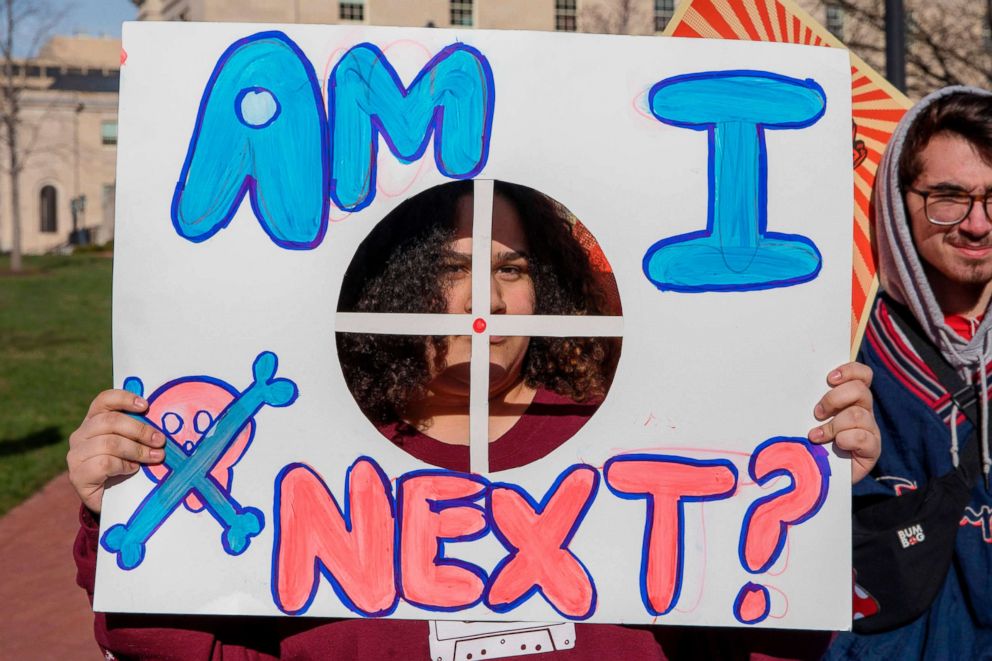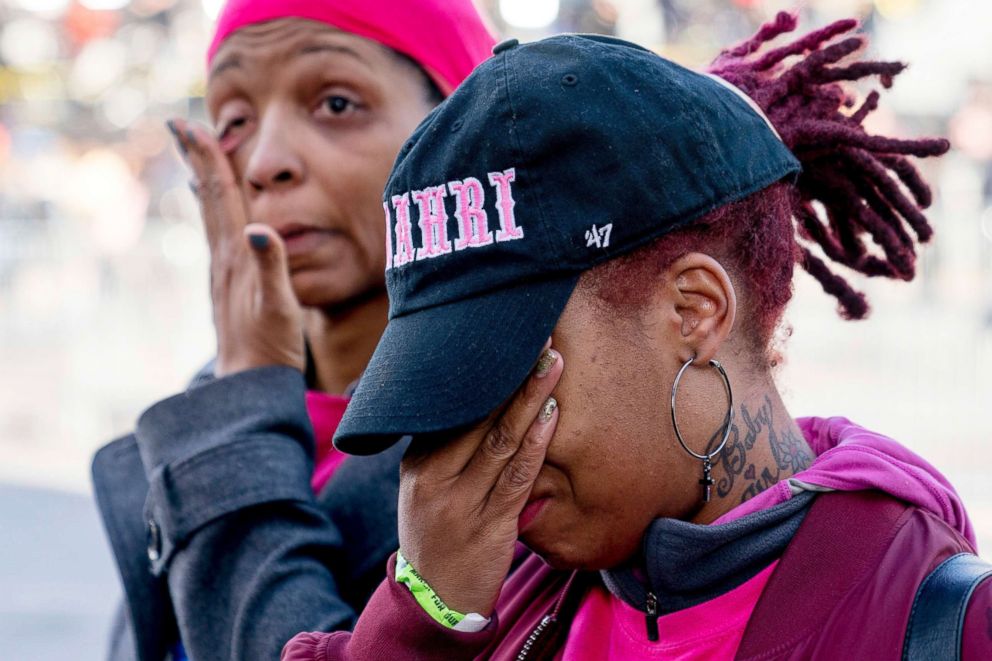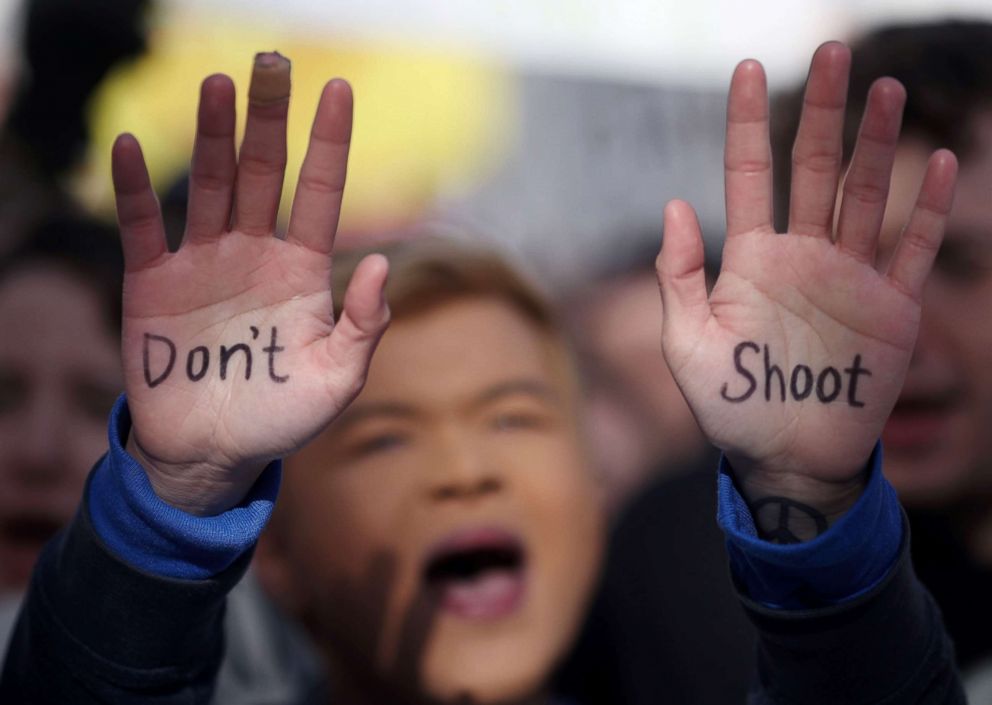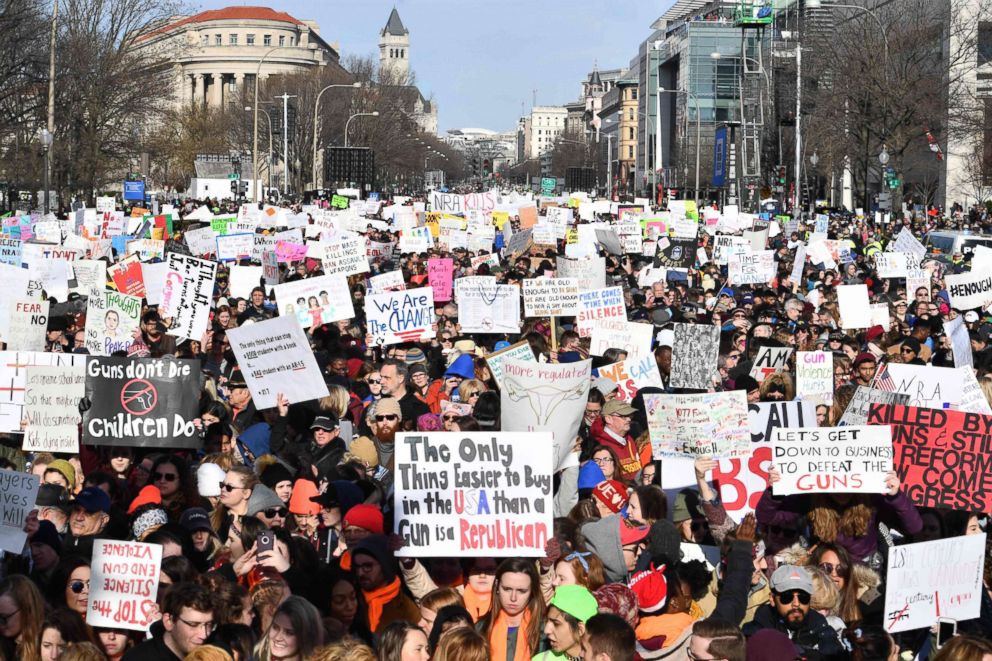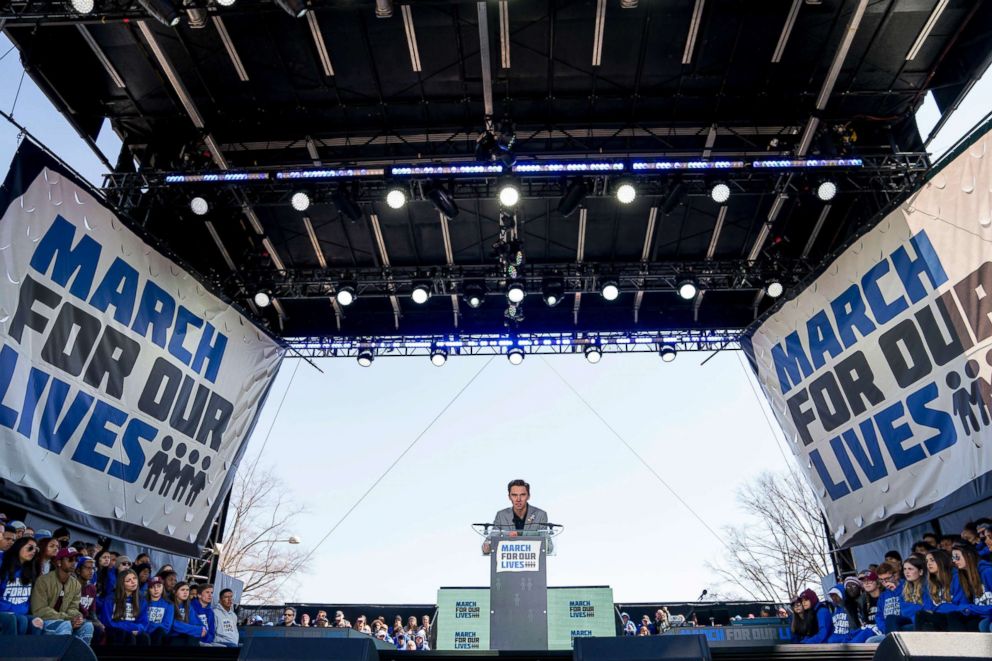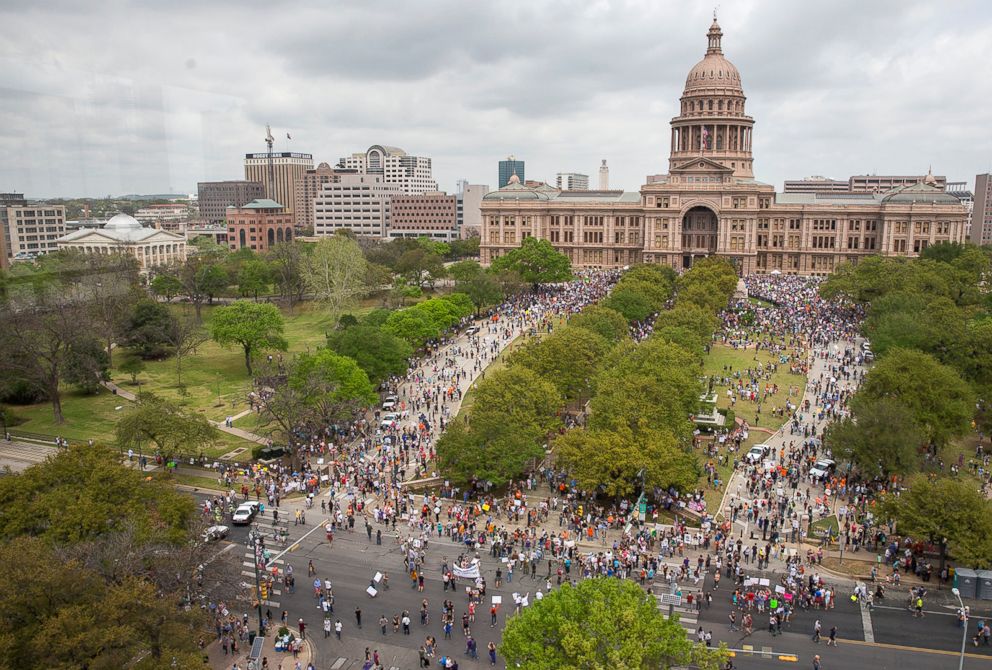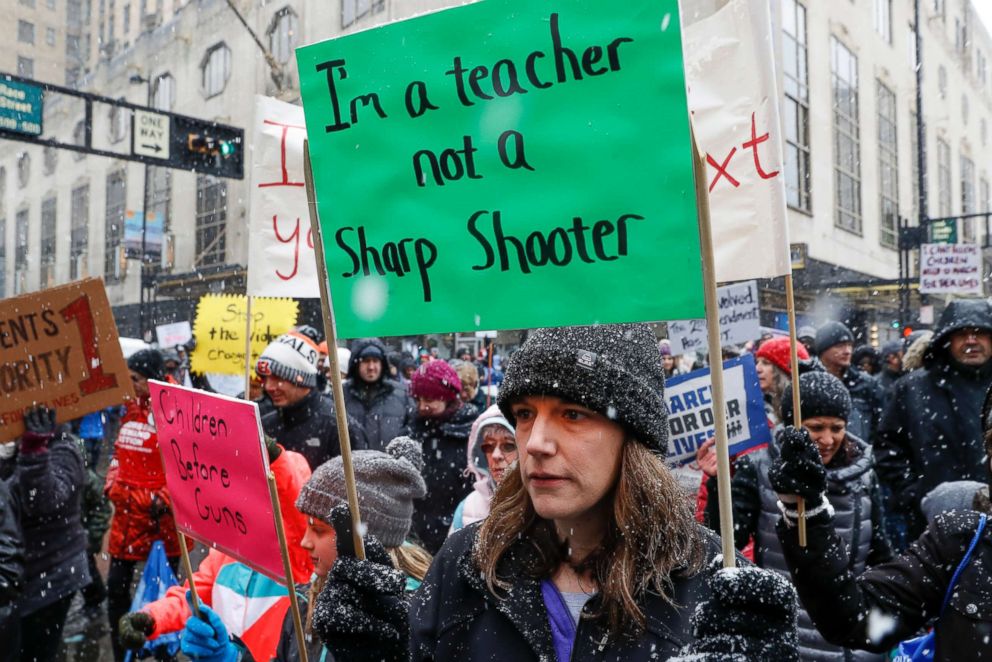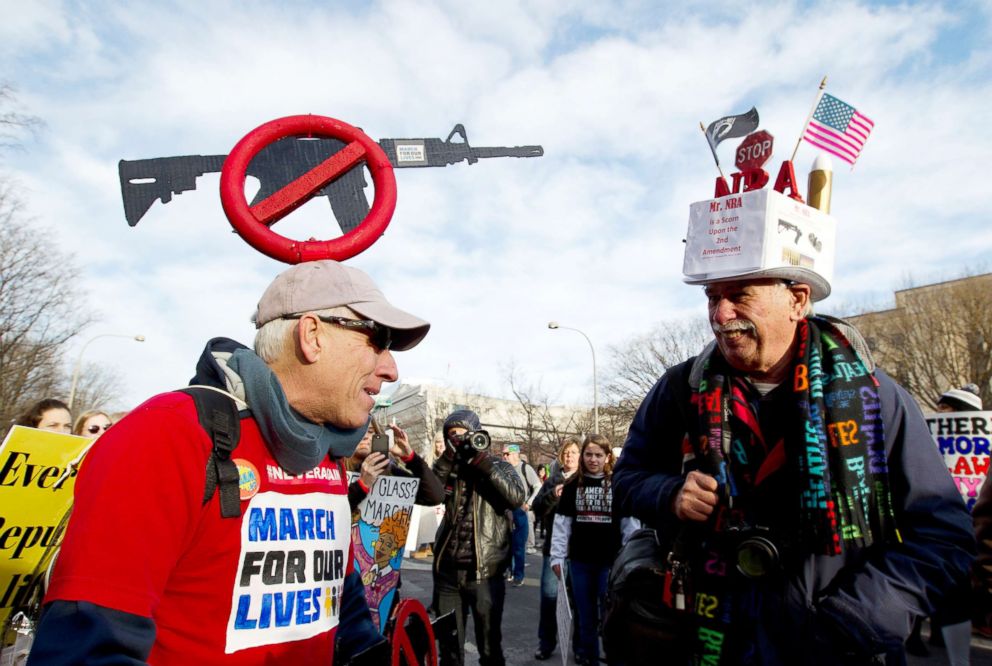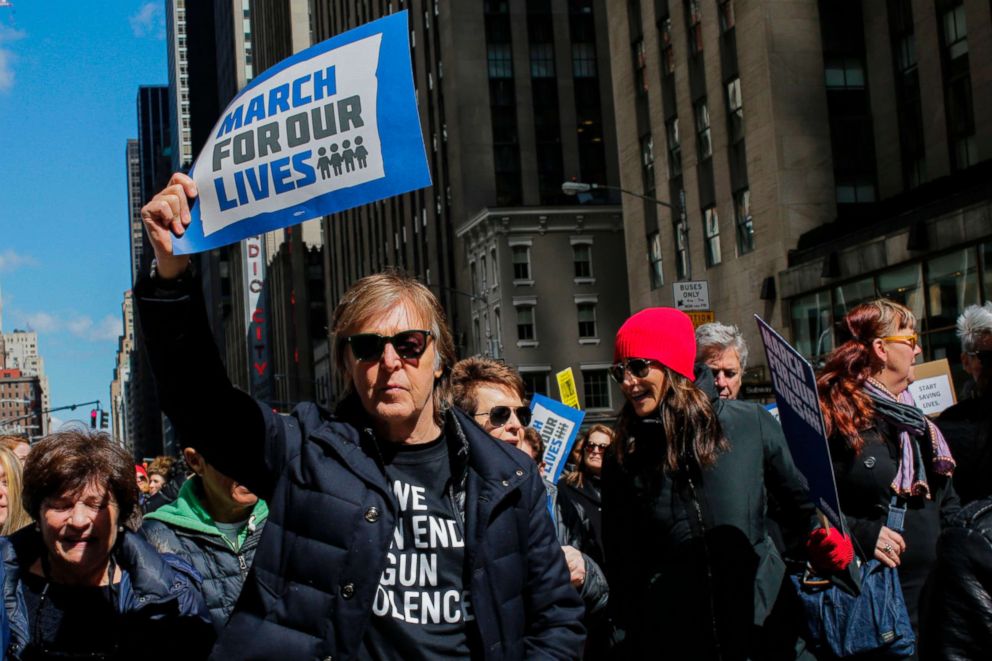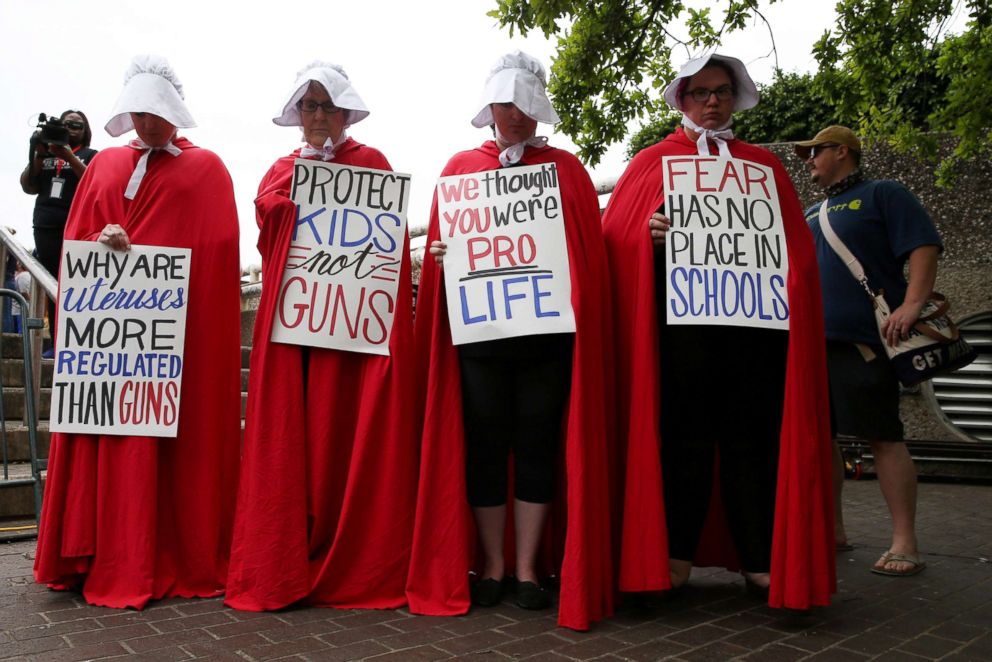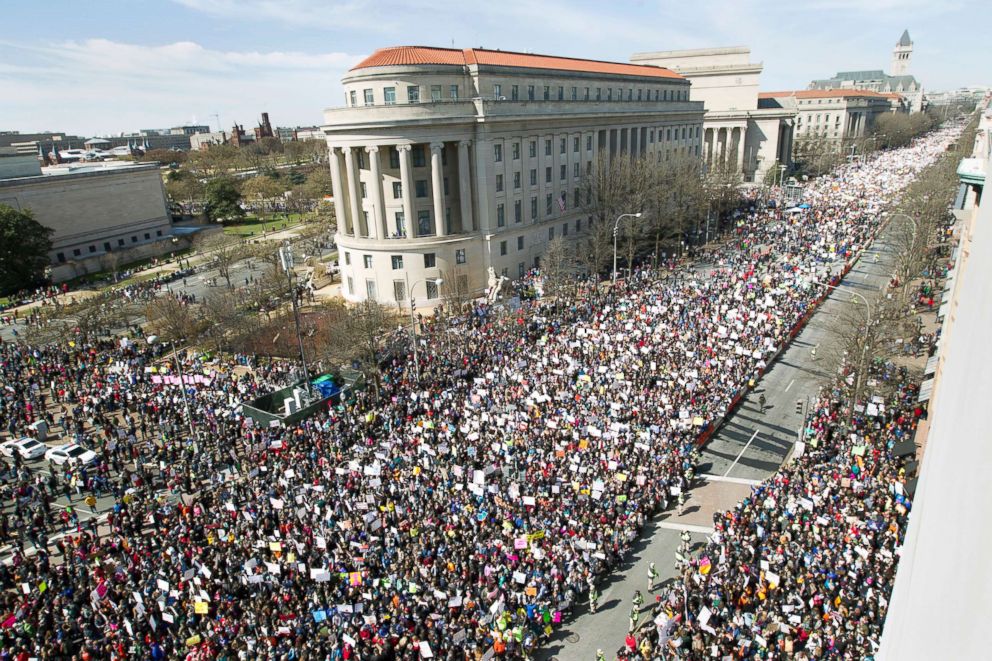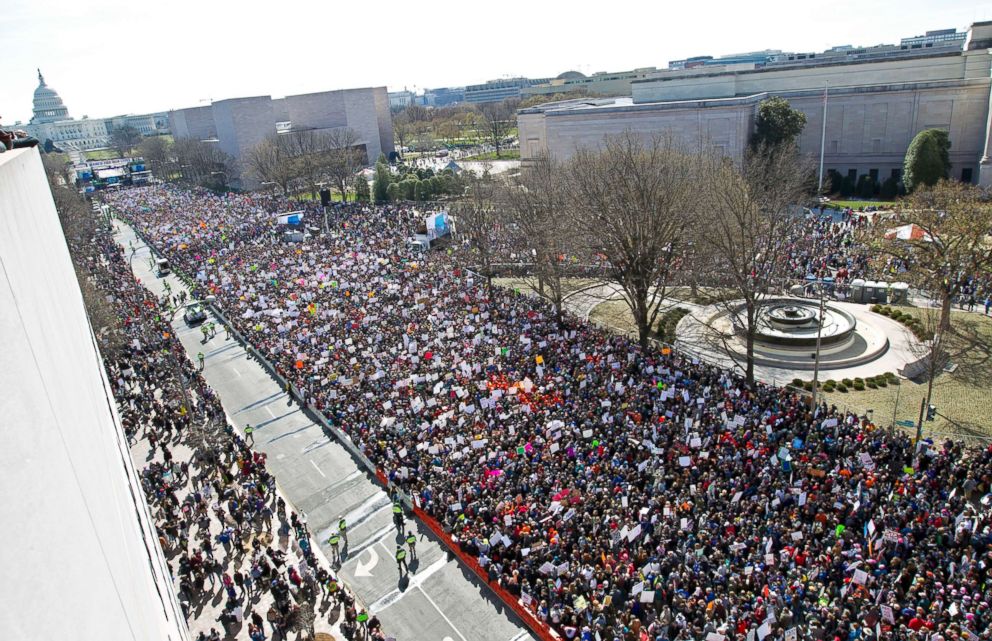March for Our Lives organizers pulled off 'revolution' in Washington: ANALYSIS
The young organizers pulled off an event that felt raw, authentic and pure.
The organizers of the March for Our Lives rally managed a nearly impossible feat Saturday: they put on an event in the nation’s capital that felt raw, authentic and pure.
There were no signs from corporate sponsors. No time wasted on thank yous or acknowledgments. No politicians or career activists held a microphone -- with the exception of a few of the performers, hardly anyone over the age of 18 did.
If anyone mentioned President Trump by name it was fleeting.
March for Our Lives 2018
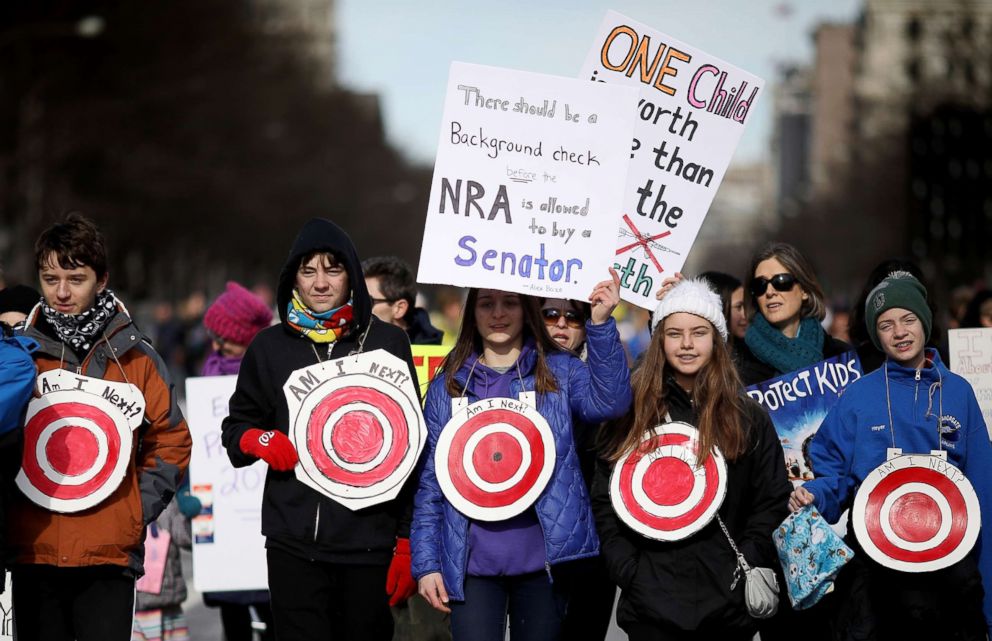
While the students onstage called for political action and begged the crowd to register to vote, they did not align their message with one party. In a city paralyzed with partisanship there was no talk of red or blue teams.
Instead, the students called themselves “the revolution,” and said the entire system was broken and corrupt.
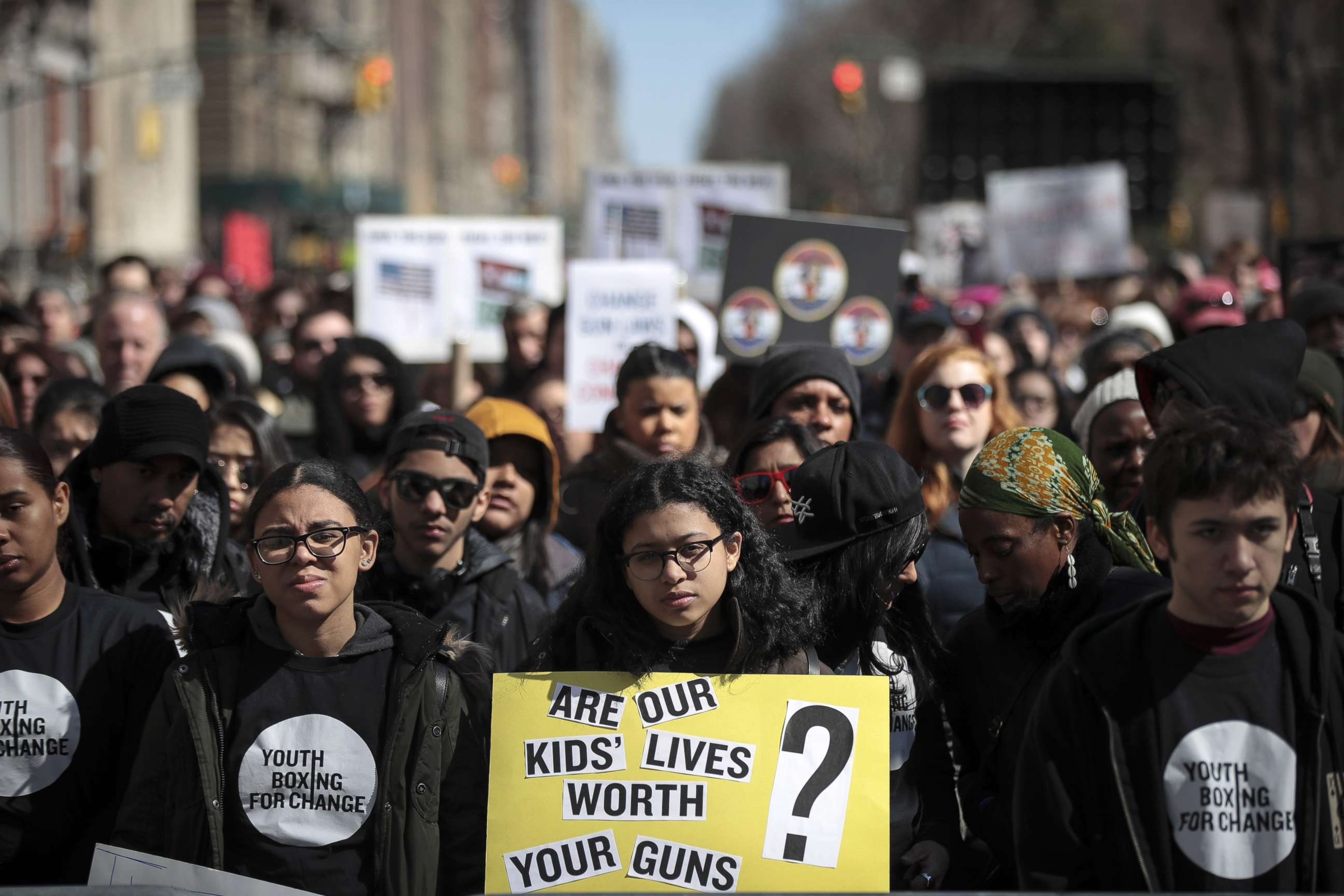
Perhaps those students were able to talk unencumbered, simply presenting themselves as young people in America, because the biggest donors to the event were wealthy individuals -- Hollywood celebrity-types -- who did not ask for much in return.
Sure, some companies and organizations sponsored buses and hotel rooms to get people to the march, but the folks in the crowd were quick to say it was a grassroots movement, those role model students from Stoneman Douglas High School, and their own experiences that inspired them to come to town.
Hundreds of D.C. residents reportedly offered beds and couches to the visitors and marchers.
Still, events of that scale and professionalism, at the steps of the U.S. Congress, with international press, A-list stars and security and infrastructure for a crowd stretching dozen of city blocks, do not appear out of thin air.
Normally, in fact, they take months to plan.
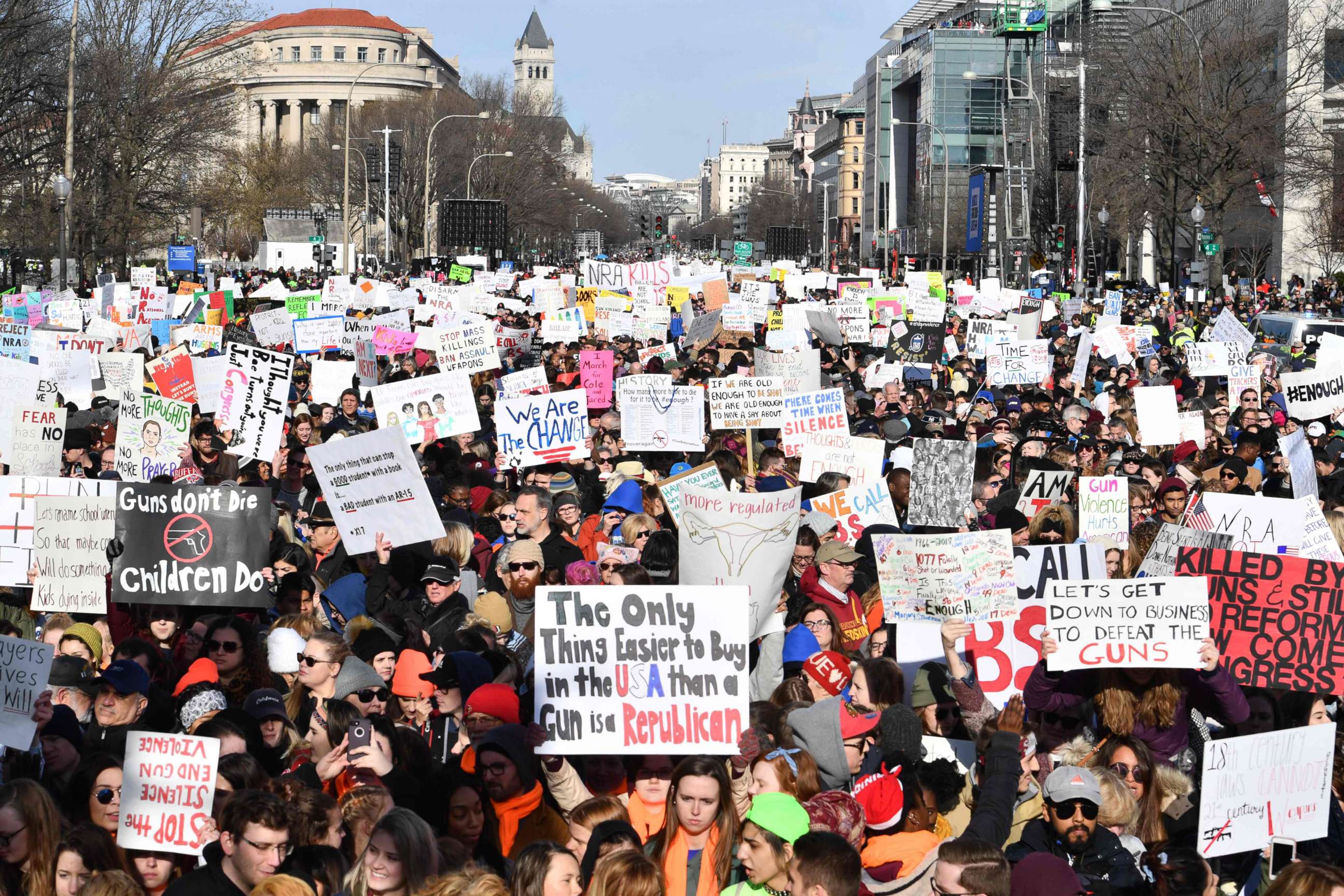
Remarkably, it has only been 37 days since the deadly shooting in Parkland, Florida.
While the organizers made the poignant and powerful decision to limit the program to exclusively student voices, it took a very savvy team of political operatives to pull off the event.
Backstage, a team of seasoned Democrats, who have put on presidential inaugurations, campaigns and conventions in the past, saw the day through. Some of the same people who were backstage at The Women’s March again played an essential role this weekend.
The chief of staff for Saturday’s March for Our Lives event worked for the Obama administration. Now her Twitter handle describes her as an “organizing mercenary.”
Many of these top-tier staffers were called in just the final days to make the event happen.
The fact that that sort of organizing muscle was present should not take away from what the students themselves accomplished. If anything, it demonstrates that people at the highest levels are listening, wanting to help, and moving pieces in a city that is often so slow to react, in order to amplify their message.
It also reveals that at least someone inside these new, youth-led organizations calling for gun safety reform has a keen sense of what they need and what they don't.
And that, frankly, is incredibly mature.
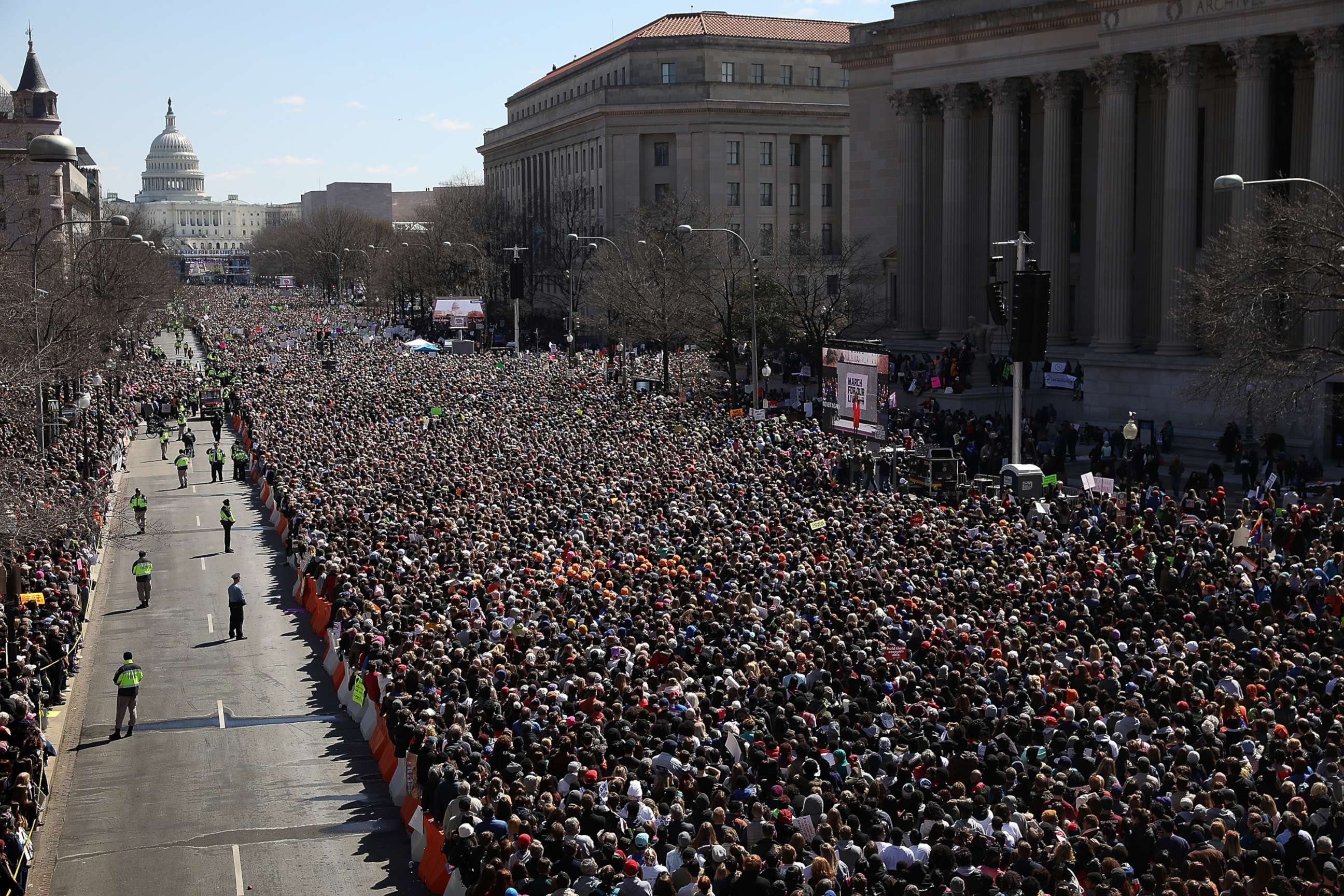
While it may take Washington insiders to build press risers and handle park police, American students’ outrage, vulnerability and exposure to violence has been enough to bring star-studded talent, millions of dollars and hundreds of thousands of protesters to this cause.
The leaders of this particular movement now have been smart and perceptive enough to decide their demands should be tall and their community should be wide, diverse and all-inclusive.
Their tears and emotions on that stage Saturday were impossible to manufacture; instead, they are the result of firsthand trauma and a generation of inaction from politicians.
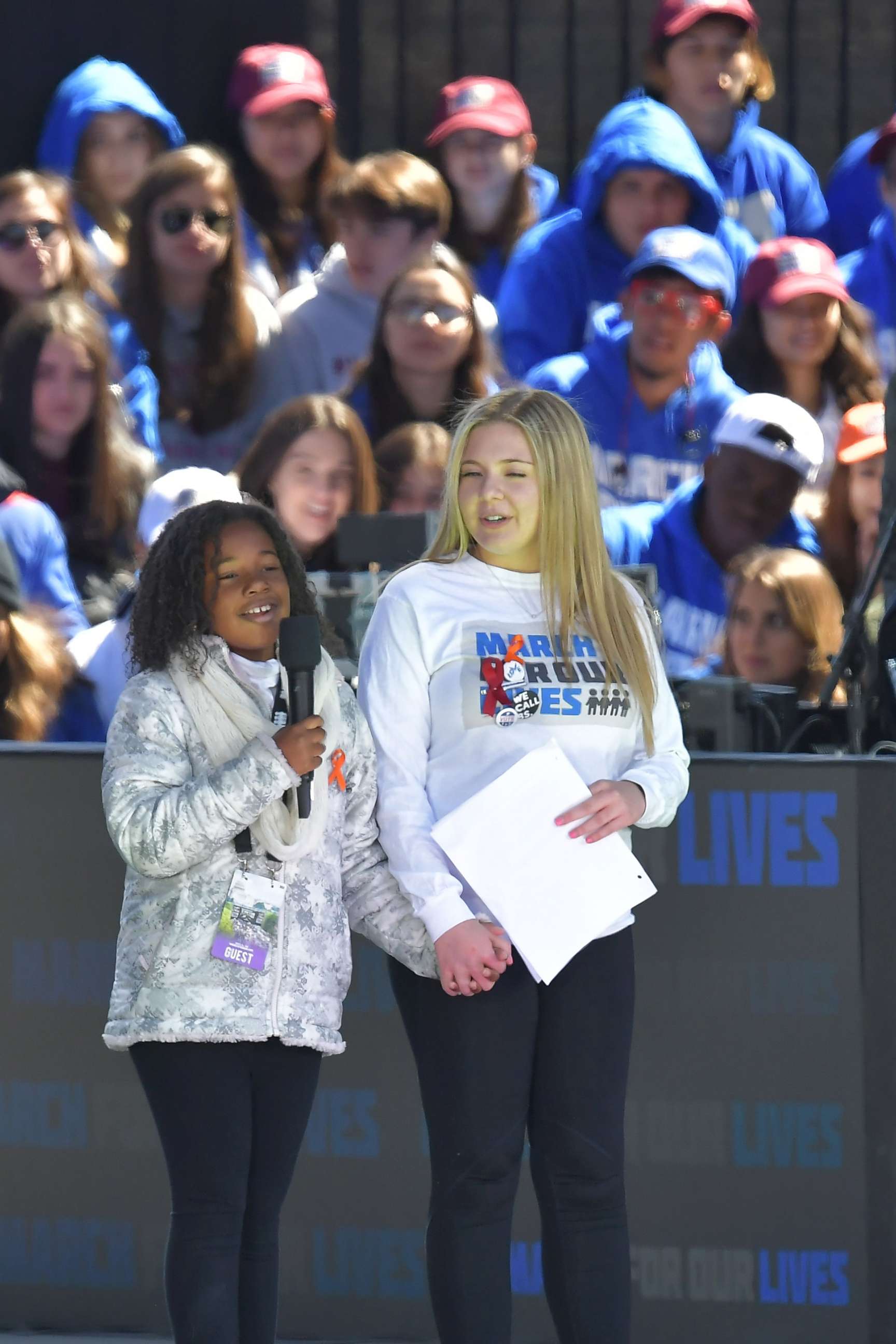
“We hereby promise to fix the broken system we’ve been forced into,” Cameron Kasky, a student at Marjory Stoneman Douglas High School, said during the rally in Washington, D.C., "and create a better world for the generations to come."
“Don't worry, we've got this,” he added.
With their voting power yet to be realized, it seemed, at least Saturday, that they did.
